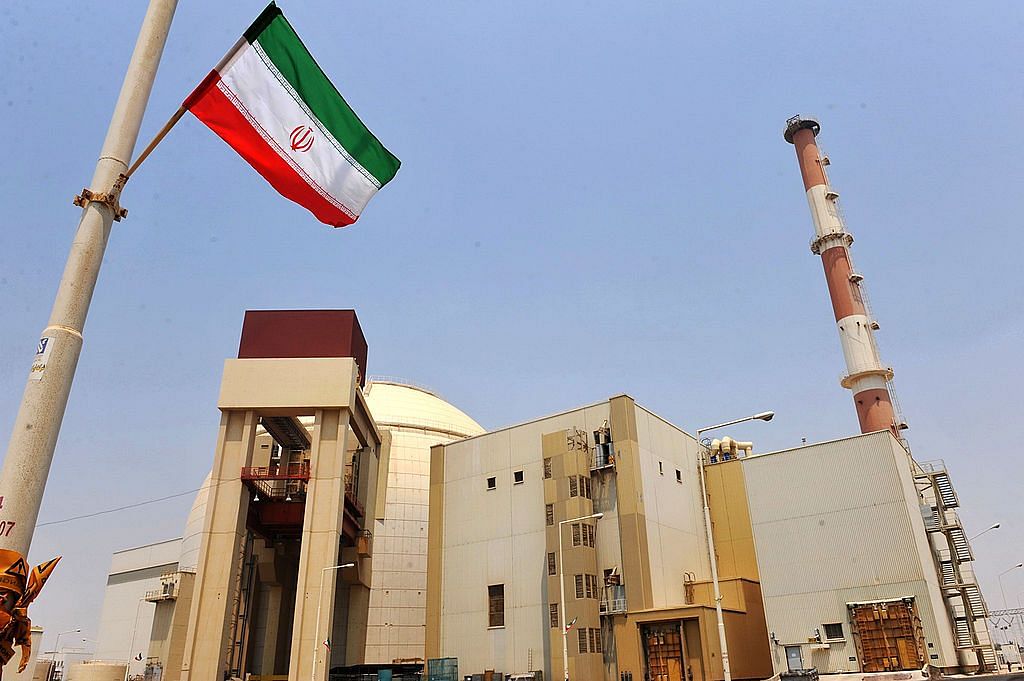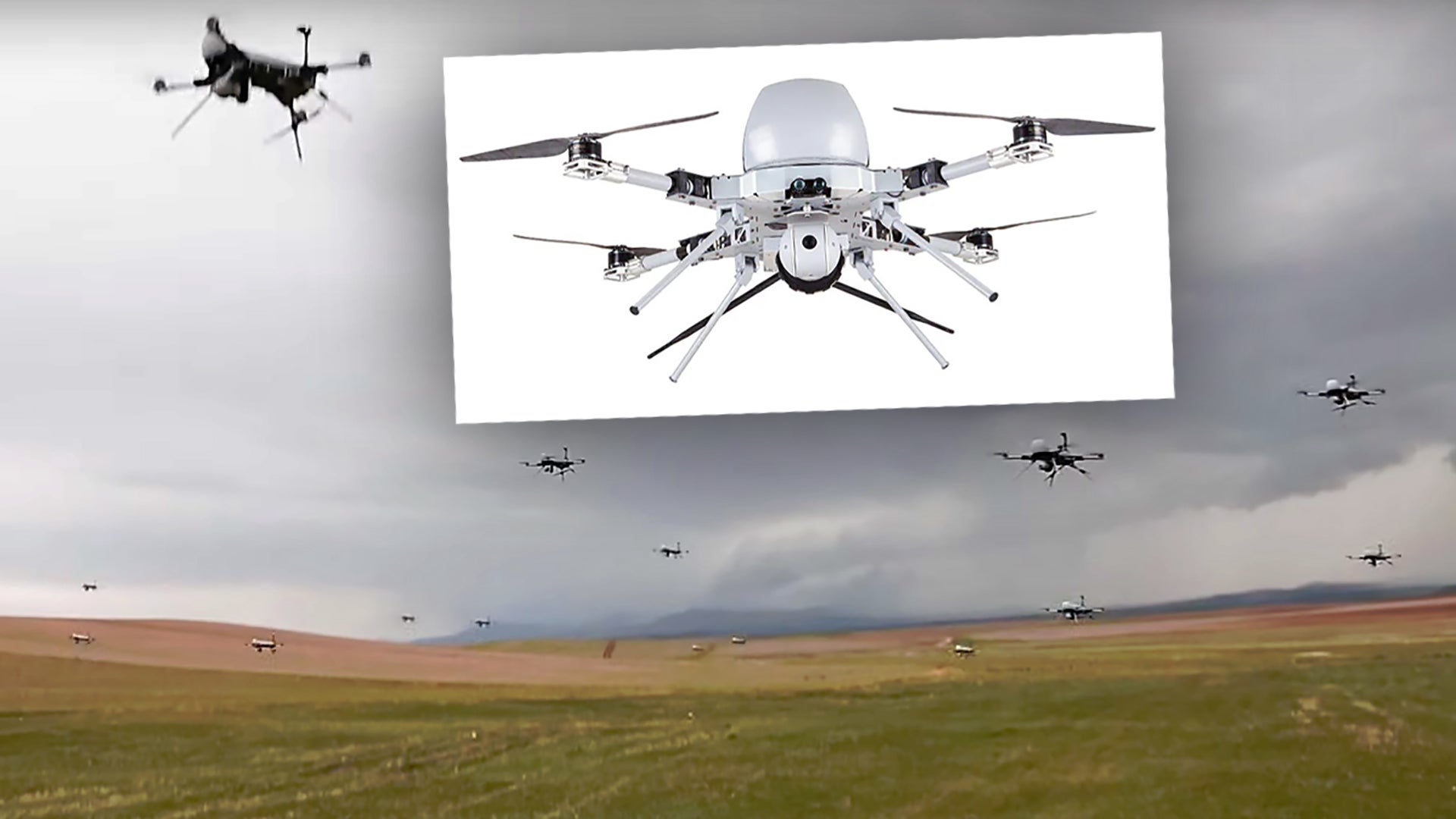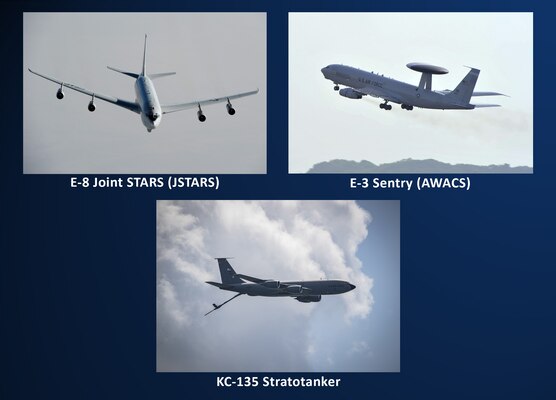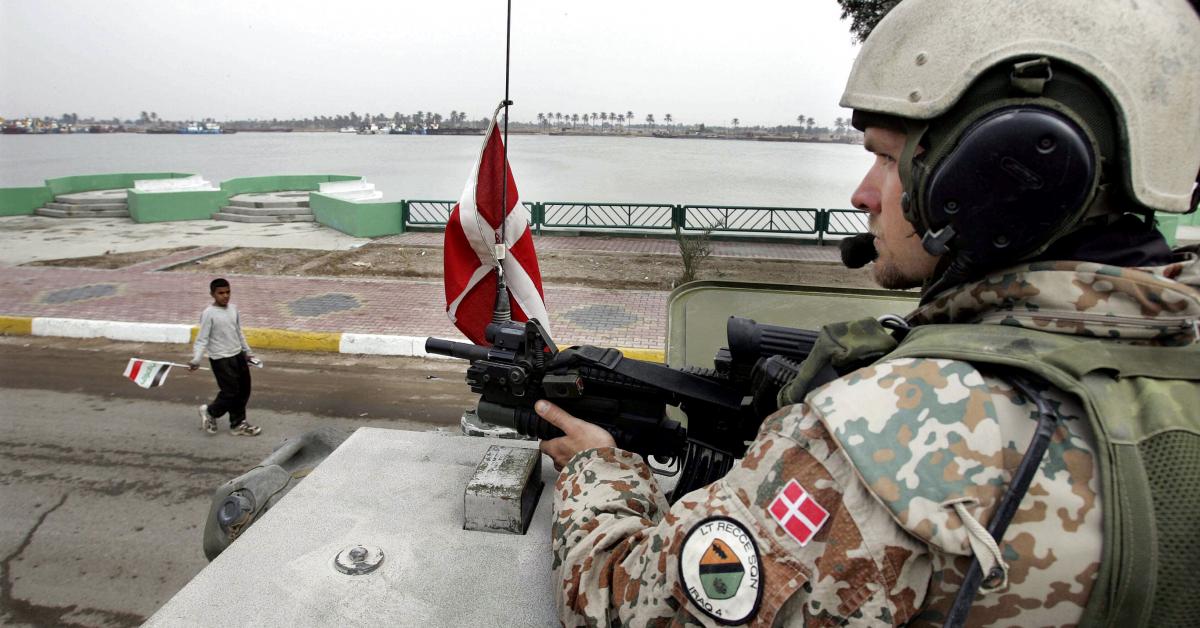Continued.....
Peter Kent Forster
Dr. Forster is a professor emeritus of Security & Risk Analysis in Penn State’s College of Information Sciences and Technology (IST), and an affiliate professor in Penn State’s School of International Affairs. As a member of a number of research centers, he studies risk and crisis management, situation awareness, social network analysis, counterterrorism policies and strategies. His work includes using simulations and tabletop exercises to improve command and control in counterterrorism and engaging government and civil society in addressing terrorist threats. Dr. Forster is the co-chair of the NATO/OSCE Partnership for Peace Consortium Combating Terrorism Working Group (CTWG), co-editor of NATO’s Counter Terrorism Reference Curriculum and co-course academic director of NATO's Defence Against Terrorism course.
Dr. Forster’s primary areas of interest are terrorism/counter-terrorism, risk and crisis management, and national and homeland security. Forster has co-developed a course on cybersecurity for the US government, facilitated international counterterrorism tabletop exercises and led grants exploring process and technology integration to improve law enforcement’s situational awareness. He is the co-author of Multinational Military Intervention, Stephen J. Cimbala & Peter K. Forster 2008 and Cognitive Systems Engineering Michael D. McNeese & Peter K. Forster, 2017, has authored articles on using technology in counter-terrorism, extremist recruitment models in the United States, understanding distributed team cognition in crisis situations, and American foreign policy and interests in Central Asia and the Caucasus. Dr. Forster holds a PhD. in Political Science (International Relations) from Penn State.
Recent Headlines
Peter Kent Forster
Dr. Forster is a professor emeritus of Security & Risk Analysis in Penn State’s College of Information Sciences and Technology (IST), and an affiliate professor in Penn State’s School of International Affairs. As a member of a number of research centers, he studies risk and crisis management, situation awareness, social network analysis, counterterrorism policies and strategies. His work includes using simulations and tabletop exercises to improve command and control in counterterrorism and engaging government and civil society in addressing terrorist threats. Dr. Forster is the co-chair of the NATO/OSCE Partnership for Peace Consortium Combating Terrorism Working Group (CTWG), co-editor of NATO’s Counter Terrorism Reference Curriculum and co-course academic director of NATO's Defence Against Terrorism course.
Dr. Forster’s primary areas of interest are terrorism/counter-terrorism, risk and crisis management, and national and homeland security. Forster has co-developed a course on cybersecurity for the US government, facilitated international counterterrorism tabletop exercises and led grants exploring process and technology integration to improve law enforcement’s situational awareness. He is the co-author of Multinational Military Intervention, Stephen J. Cimbala & Peter K. Forster 2008 and Cognitive Systems Engineering Michael D. McNeese & Peter K. Forster, 2017, has authored articles on using technology in counter-terrorism, extremist recruitment models in the United States, understanding distributed team cognition in crisis situations, and American foreign policy and interests in Central Asia and the Caucasus. Dr. Forster holds a PhD. in Political Science (International Relations) from Penn State.
Recent Headlines
- by Foreign Affairs
- Why We Need A Modern Theory of Special Warfare to Thrive in the Human Domain
- by Wavell Room
- How the Coronavirus Sows Civil Conflict
- by Foreign Affairs
- Why African governments still hire mercenaries
- by The Economist
- Swarms Of Mass Destruction: The Case for Declaring Armed and Fully Autonomous Drone Swarms as WMD
- by Modern War Institute
- COVID-19 is increasing the power of Brazil’s criminal groups
- by LSE Latin America and Caribbean Blog
- How the U.N. Can Help Prevent the Spread of Proxy Conflicts
- by Just Security
- How States Supporting Armed Proxies Can Reduce Civilian Casualties and Protracted Hostilities
- by Just Security
- Why No One Ever Really Wins a Proxy War
- by Just Security
- Policing the pandemic: how UN Police are maintaining law, order, and public health
- by UN News
- U.S. Policing After Wave One of COVID-19
- by Lawfare
- Irregular Warfare in a New Era of Great-Power Competition
- by Modern War Institute
- A helping hand? Amid pandemic, gangs cast themselves as protectors.
- by Christian Science Monitor
- COVID 19 and organized crime: »Latin American governments are in a state-making competition with crime«
- by Friedrich Ebert Stiftung
- The Future of Warfare in 2030
- by RAND
- Dark International Relations: When Crime is the “DIME”
- by War Room
- The Pandemic Has Triggered Dramatic Shifts in the Global Criminal Underworld
- by Foreign Policy
- Sailors Keep Testing Positive on USS Roosevelt, Despite 2-Week Isolation
- by Politico
- Trump Tweets He’s Instructed Navy to ‘Destroy’ any Iranian Gunboats that Harass US Warships
- by Military Times
- Trump Tweets He's Ordered Navy to Destroy Iranian Gunboats
- by Stars & Stripes
- Senate Panel Backs Assessment that Russia Interfered in 2016
- by Federal Times
- Pentagon to US Navy: Cut Two Aircraft Carriers
- by The National Interest
- 50 Vendors Vie For Air Force Flying Car
- by Breaking Defense
- F-35 Deliveries Could Slow Down, as COVID-19 Jolts Lockheed’s Supply Chain
- by Defense News
- COVID Closed Mexican Factories that Supply US Defense Industry. The Pentagon Wants Them Opened.
- by Defense News
- American Troops Had Only Hours to React to Iranian Ballistic Missile Attack. Here’s What They Did.
- by Military Times
- Marine Corps Suspends PFT for Remainder of 2020
- by Military.com
- Army Expects to PCS Hundreds of High-Priority Soldiers With New Exemption to Stop-Movement Order
- by Stars & Stripes
- COVID-19 Doesn't Stop Homeland Defense
- by DoD News
- Nearly 1,000 Troops Have Recovered From COVID-19
- by Military Times
- With Face Shields and Extra Planning, Chinook Pilots Take to the Dkies in Germany
- by Stars & Stripes
- What Does Russia Want From the United States?
- by Moscow Times
- Iraq's Last, Best Hope
- by RealClearWorld
- Now Isn’t the Time to Push for Nuclear Modernization
- by Defense News
- Coronavirus Death Rate Among Veterans Continues to Climb
- by Military Times
- US Military Diganosing 100-200 New COVID-19 Daily
- by Military Times
- Iran Uses Pandemic to Further Provocations in Gulf
- by National Review
- Approaching the Endgame on the Iran Nuclear Issue
- by The Strategist
- Containing Russian Influence in Venezuela
- by Atlantic Council
- Book Review - "Churchill’s Ministry of Ungentlemanly Warfare: The Mavericks Who Plotted Hitler’s Defeat" by Giles Milton
- by SOF News
- How COVID-19 Could Permanently Transform the US Military
- by Forbes
- Is North Korean Leader Kim Jong Un Gravely Ill? Not True, Says South Korea.
- by WaPo
- Israel’s Rival Leaders Agree to Form Unity Government
- by WaPo
- Pandemic Builds Momentum for Broadband Infrastructure Upgrade
- by WSJ
- As Countries Ease Coronavirus Measures, WHO Says 'Not the Time to be Lax'
- by VOA News
- Coronavirus Live Updates: Trump Says He Will Suspend Immigration
- by NYT
- USS America Now Steaming Near South China Sea Standoff
- by USNI News
- No Winner Likely In JEDI Court Battle; ‘Just Pull The Plug?’: Greenwalt
- by Breaking Defense
- COVID-19: Iran Loosens Restrictions; Russian Cases Spike
- by RFE/RL
- China Raises Easing Border Controls With Other Countries



















